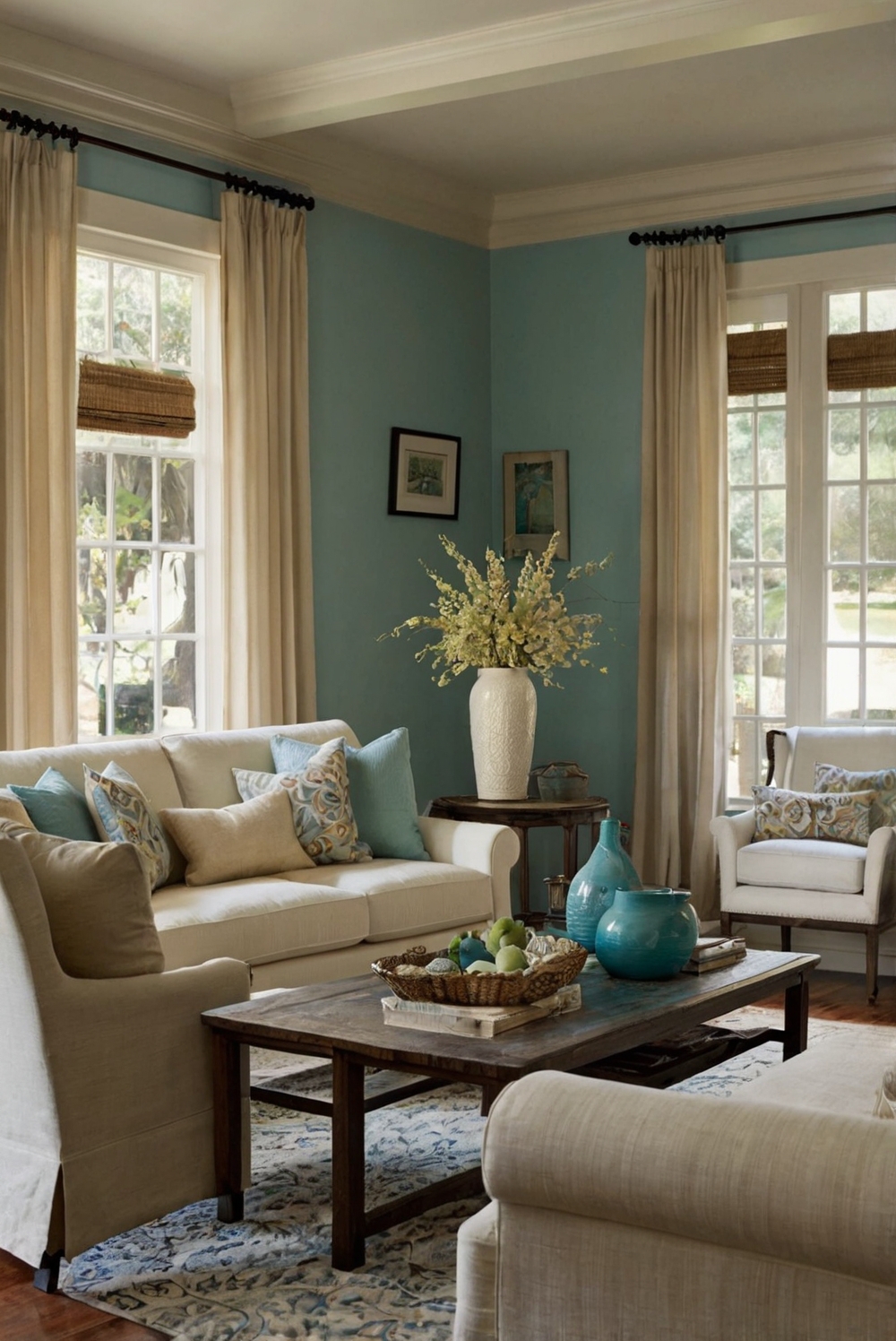Looking to elevate your living room design? Discover how texture can enhance your color scheme in your daily interior designer routine.
How can you use texture to complement your living room color scheme?
By incorporating various textures into your living room design, you can enhance the overall aesthetic appeal and create a visually interesting space. Consider mixing textures such as smooth leather sofas, plush velvet throw pillows, and a cozy wool rug to add depth and dimension to the room. Textured wall paint or wallpaper can also be used to create a focal point or accent wall. Additionally, adding decorative items like woven baskets or ceramic vases can further complement the color scheme while providing a tactile element to the design. Overall, incorporating texture into your living room decor can elevate the space and create a harmonious balance between color and material.
Benefits:
– Enhanced visual appeal
– Added depth and dimension
– Creating focal points
– Tactile experience for a cozy atmosphere
Steps to take:
1. Mix different textures in furniture, textiles, and decor items.
2. Consider textured wall paint or wallpaper for an accent.
3. Add decorative items for visual interest and tactile elements.
Be organized when answering:
– Plan out the textures you want to incorporate in your space.
– Consider the color scheme and how different textures will complement it.
– Create a balanced mix of textures throughout the room for a cohesive look.
Texture and Color Scheme in Living Room Design
When designing your living room, it is essential to consider the use of texture to complement your chosen color scheme. Texture adds depth and visual interest to a space, making it more inviting and dynamic. Here are some tips on how you can effectively use texture to enhance your living room color scheme:
1. Importance of Texture
Texture plays a crucial role in interior design as it adds tactile and visual elements to a room. By incorporating different textures, such as smooth, rough, soft, or shiny surfaces, you can create a more visually appealing space. In a living room, texture can help balance the colors and patterns used in the decor, creating a harmonious and cohesive look.
2. Complementing Colors with Texture
When choosing textures to complement your living room color scheme, consider the mood and style you want to achieve. For example, if you have a neutral color scheme, adding textures like wood, leather, or wool can create a warm and inviting atmosphere. On the other hand, if you have a bold color scheme, incorporating textures like metallics, glass, or velvet can add a touch of luxury and glamour to the space.
3. Mixing Textures for Visual Interest
To create a visually dynamic living room, mix different textures together. For example, pair a plush velvet sofa with a rough jute rug or combine glossy surfaces with matte finishes. Mixing textures adds depth and dimension to the room, making it more visually engaging. Be sure to balance the textures throughout the space to create a cohesive and harmonious look.
Using Texture to Enhance Your Living Room:
When designing your living room, consider the following strategies to effectively use texture to complement your color scheme:
4. Layering Textures:
Layering textures adds richness and depth to a room. Mix and match different textures on furniture, fabrics, and accessories to create a layered look. For example, combine a leather sofa with a plush throw blanket, woven pillows, and a textured rug to create a cozy and inviting space.
5. Incorporating Natural Elements:
Bringing in natural elements like wood, stone, or plants can add texture and warmth to your living room. Consider adding a wooden coffee table, stone accent wall, or a collection of houseplants to introduce natural textures into the space. Natural elements also help create a sense of balance and harmony in the room.
In conclusion, texture plays a vital role in complementing your living room color scheme. By incorporating a variety of textures, you can create a visually appealing and harmonious space that reflects your style and personality. Experiment with different textures and colors to find the perfect balance that suits your taste and enhances the overall design of your living room.

